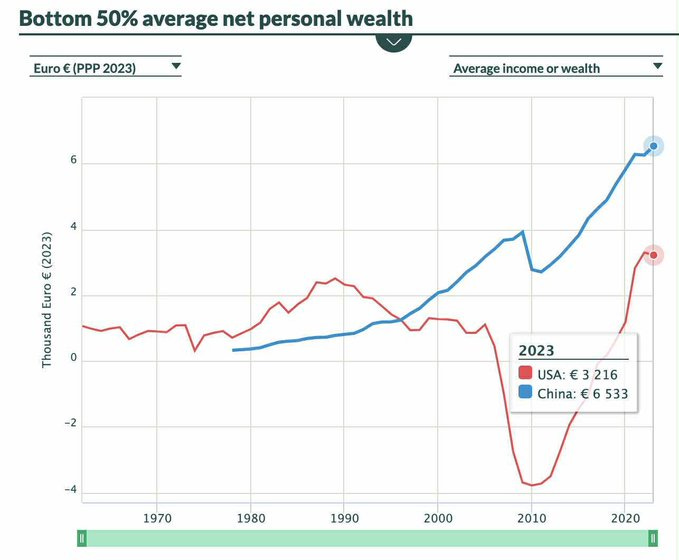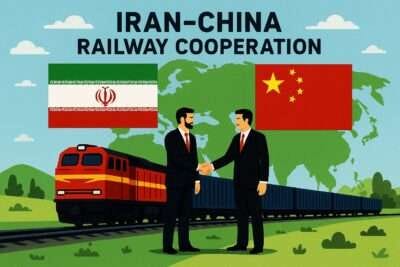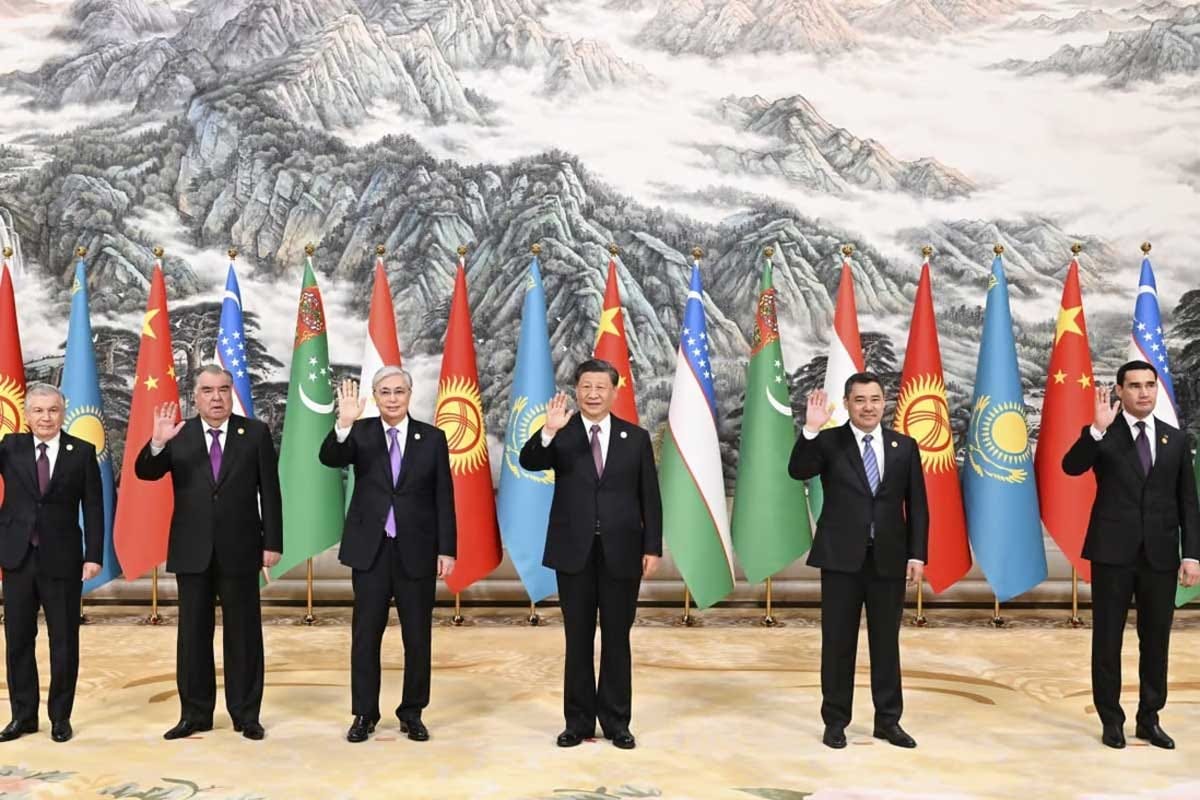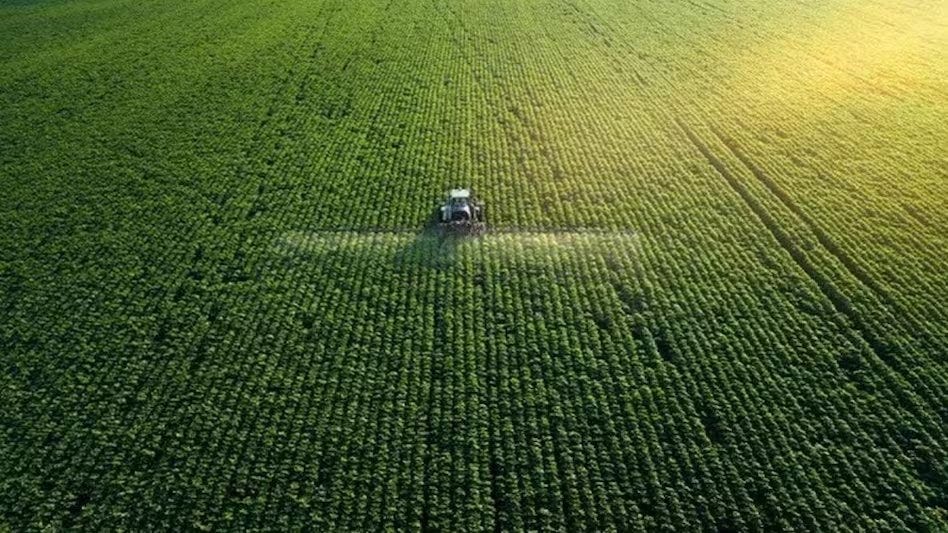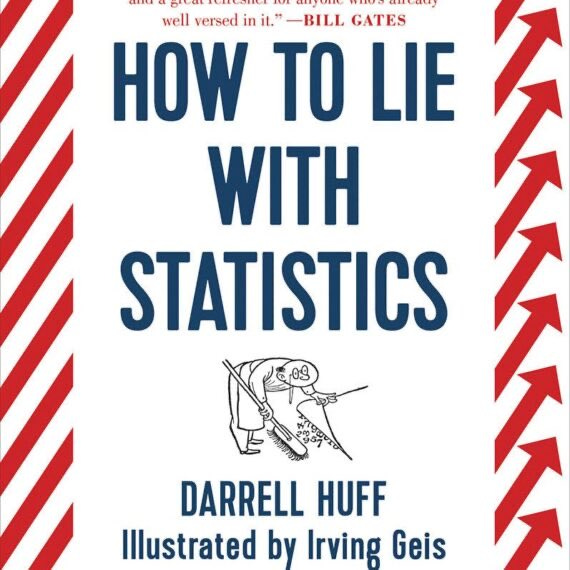A. American Middle Class
B. China’s Eurasia Plan turns a Reality
C. China’s Central Asia Plans
D. Bill Gates : A New Mega Farmer of USA
A. American Middle Class
If Americans knew how good life is for middle class Chinese people, they would riot.
Over here one can barely survive, rent + taxes are 60% of the salary. China is a middle-income country where only a third of people have cars because only a third of people can afford them.. that's why China has good trains to make up for the fact that most people don't have cars.
China's bottom 50 percent has over twice the net worth of the bottom 50 percent of American citizens.
The American people might just have the highest tolerance threshold in the world—thanks to their govt's top-tier propaganda convincing them that no matter how tough life gets, they still live in the "Greatest country on Earth", drowning in freedom, democracy, & human rights.
You could say that every Chinese Millennial can afford a 2 bedroom house in the suburbs, free healthcare & dental, and an electric car.
B. China’s Eurasia Plan turns a Reality :
China just launched a railway to Iran that changes everything. It cuts out the U.S. Navy, bypasses the Suez, and delivers oil and goods across borders without touching open water. Here's why Washington should be worried:
The China–Iran Railway is more than steel and freight. It's a geopolitical artery, a strategic pivot, and a direct answer to American maritime pressure.
This isn’t theory. On May 28, 2025, the first freight train left Xi’an and arrived at Iran’s Incheh Borun port. 1,600 kilometers of rail now connect China, Kazakhstan, Turkmenistan, and Iran. The line is live.
Sea freight from China to Iran used to take 30 to 40 days. The new rail line cuts that to 15. That isn’t a small win. It’s a structural rewrite of regional trade flows.
Energy is the real story. This line gives China a land route to Iranian oil and gas. No more relying on sea lanes watched over by the U.S. Navy. Beijing just secured an energy corridor the Pentagon can’t touch.
For Iran, it’s economic oxygen. The rail line gives Tehran a way to move goods and oil even under sanctions. More trade. More cash flow. Less isolation. The route is now fully operational in both directions. From China to Europe through Iran. It's not just a project. It's a functioning, stable channel of commerce.
Transit time is precise. Five days in China. Five to six through Kazakhstan. Two each in Turkmenistan and Iran. No open water. No carrier groups. No pirates. This isn’t just about trade. It’s about influence. The railway creates a corridor immune to American military intervention. A safe belt across the heart of Eurasia.
The next step is obvious. Extend the line west through Turkey into Europe. Replace the Red Sea and Suez with solid ground. China and Iran both know what that would mean.
What’s taking shape is a land bridge between China and Europe that cuts out both Washington and Brussels. It’s not a future threat. It’s a present reality. While Washington builds narratives, China builds infrastructure. And every mile of this railway is a reminder that hard power is useless if you no longer control the flow of goods.
C. China’s Central Asia Plans
China has signed a landmark treaty with five Central Asian nations—Kazakhstan, Kyrgyzstan, Tajikistan, Turkmenistan, and Uzbekistan—aimed at establishing a long-term partnership framework. President Xi Jinping signed the Treaty of Permanent Good-Neighbourliness and Friendly Cooperation at a regional summit in Astana on June 17, 2025. This agreement institutionalizes diplomatic and economic collaboration, positioning China as a key development partner in a region traditionally influenced by Russia. Xi pledged ¥1.5 billion ($209 million) in grants and emphasized cooperation in trade, energy, agriculture, infrastructure, and legal matters. China also committed to expanding direct flights, easing visas, and building long-term mechanisms like regular summits and secretariat support.
Infrastructure development and connectivity are central to China’s strategic engagement. Notably, Beijing reaffirmed its support for the long-planned China–Kyrgyzstan–Uzbekistan railway, which offers a trade route bypassing Russia. China will also help modernize Bishkek and Osh airports, and build a new airport in Jalal-Abad. These projects enhance overland logistics and support China's broader Belt and Road ambitions. This infrastructure push comes amid a surge in bilateral trade—reaching ¥286.4 billion ($40 billion) in just five months of 2025, up over 10% year-on-year.
Strategically, China is consolidating influence in a region where Russian sway is diminishing. Xi framed the treaty as a stand against “unilateralism and hegemonism,” signaling a geopolitical message to the U.S. and West. By embedding itself in Central Asia’s economy, infrastructure, and diplomacy, China is cultivating a multipolar order. Long-term success will depend on implementation, political stability, and the balance of influence with other regional powers.
D. Bill Gates : A New Mega Farmer of USA
In 2025, Bill Gates now owns more soybean farms than computers: 275,000 acres across roughly 17–18 states. $700+ Million of U.S. land. Everyone's laughing it off as a "weird billionaire hobby."
Apart from different Tax-efficient Investment ( using it as collateral for other things), the next advantage is : His farms are "near cities and might end up having other uses." This isn't just about growing crops. It's about controlling land that will become exponentially more valuable.
Jai jawaan ! Jai Kisaan ( Gates Bhai) !!
US has 37 trillion debts and growing every month. BRICS and others no longer trust the dollar. When the dollar collapse, land property will not.




